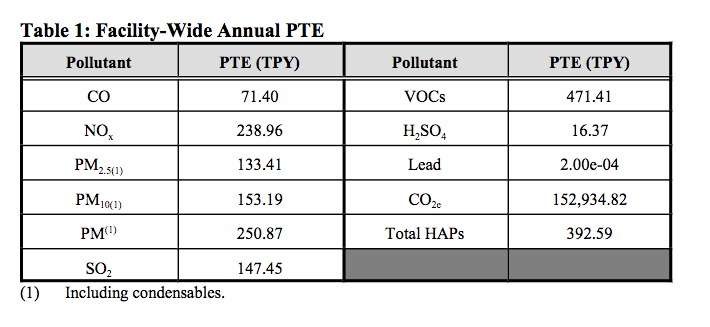Rockwool Major Air Pollutants
Table from the WVDEP Fact Sheet/Preliminary Findings for Roxul/Rockwool, page 1.

What are these pollutants?
CO - Carbon Monoxide. Plays a role in ground-level ozone creation.
NOx - Nitrogen Oxide. Reacts with VOCs to form photochemical smog. Significant amount ends up polluting waterways.
PM 2.5 - Inhalable Fine Particulate Matter. Extremely dangerous, causes cancer, heart and lung problems, and premature death.
PM 10 - Inhalable Coarse Particulate Matter. Larger than PM 2.5, not quite as hazarous, but effects still ranging from respiratory irritation to cancer.
SO2 - Sulfur Dioxide. Associated with increased respiratory symptoms and disease, difficulty in breathing, and premature death. Acid rain precursor.
VOCs - Volatile Organic Compounds. Reactive carbon compounds that are precursors of photochemical smog. Rockwool is permitted to emit 6 VOCs that are known or suspected to cause cancer, including Formaldehyde, which is also a neurotoxin that damages memory, learning, behavior, and physical dexterity.
H2SO4 - Sulfuric Acid Mist. "Occupational exposure to strong inorganic acid mists containing sulfuric acid is associated with increased risks of laryngeal and lung cancer." - U.S. NIH
Lead - Heavy metal neurotoxin. While Rockwool's airborne lead emissions are small compared to other pollutants, no amount of exposure is safe for children and this must be fully vetted.
CO2e - Carbon Dioxide Equivalent. Not harmful.
HAPs - Hazardous Air Pollutants.